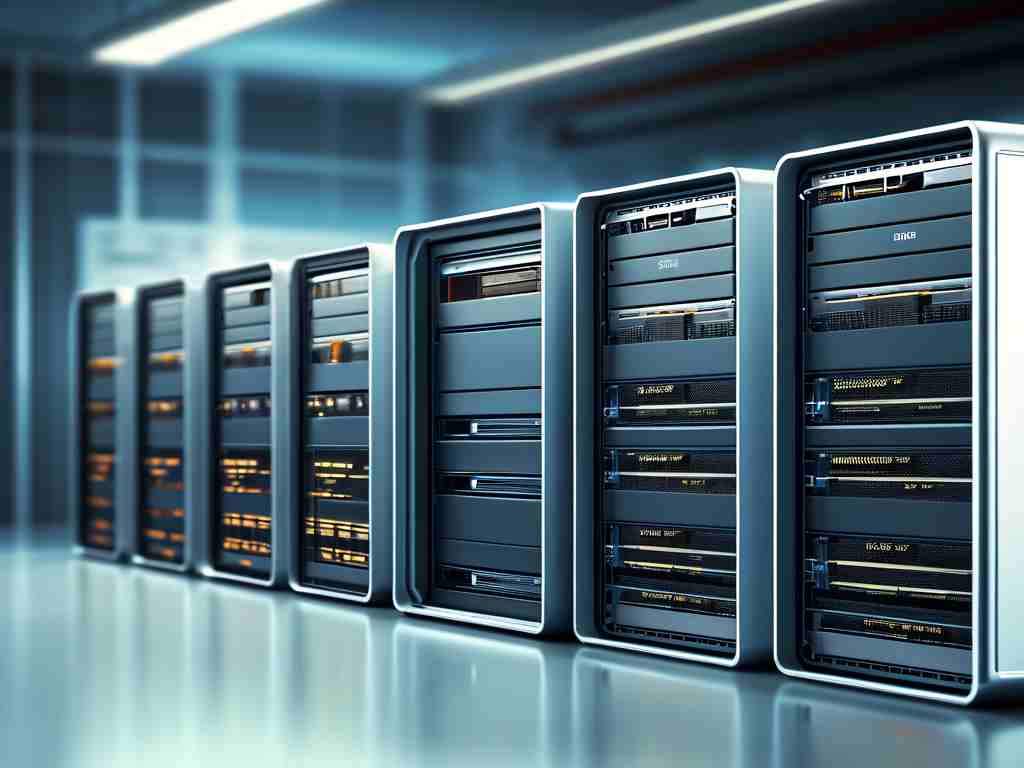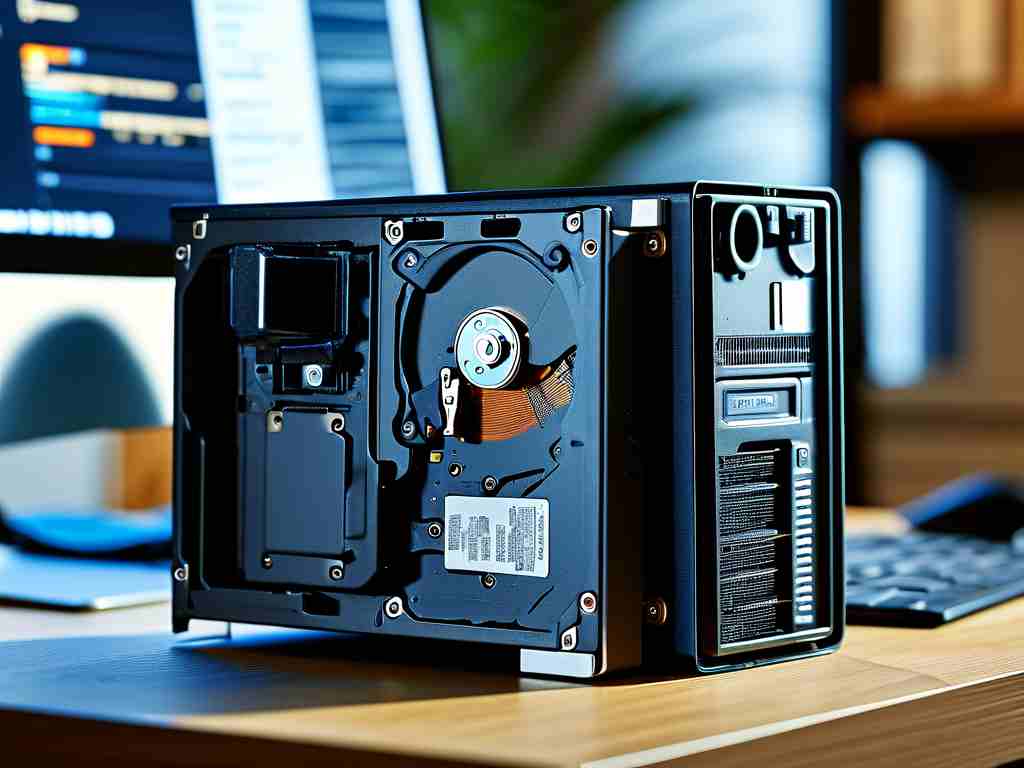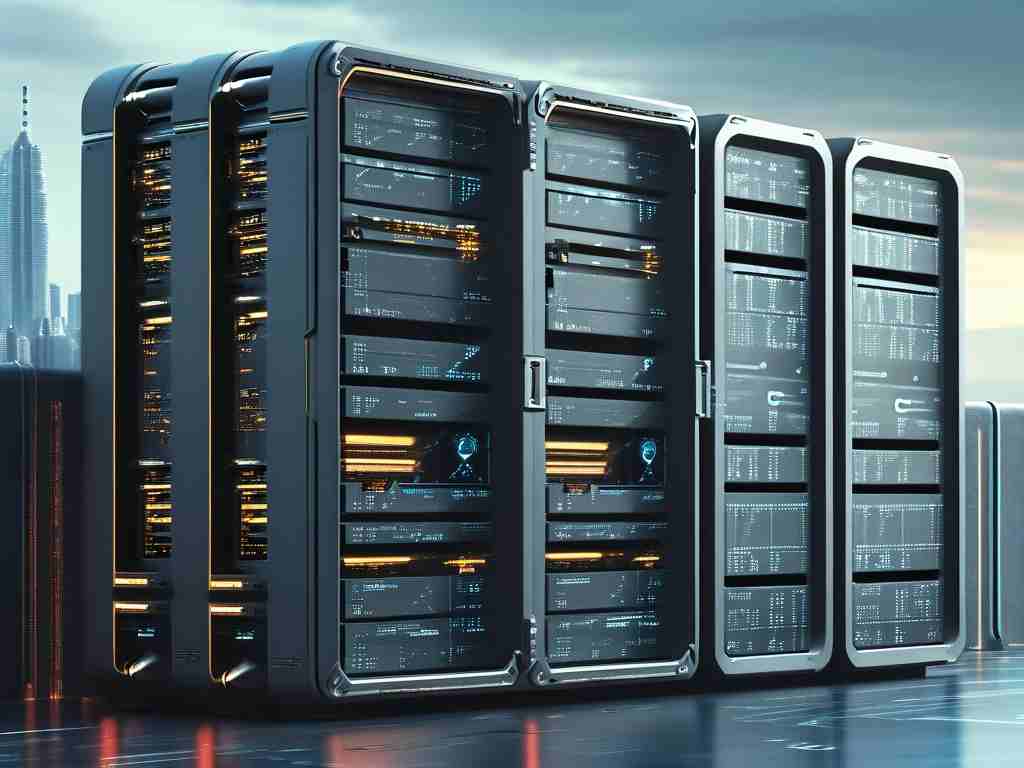When discussing modern technology, confusion often arises between cloud computing and network storage. While both concepts involve remote data management, they serve fundamentally different purposes. This article explores their distinctions, functionalities, and real-world applications to clarify common misconceptions.

Understanding Network Storage
Network storage refers to systems designed to store and retrieve data across networked devices. Examples include Network-Attached Storage (NAS) and Storage Area Networks (SANs). These solutions focus solely on data preservation, allowing users to access files from centralized locations. For instance, a company might use NAS to share documents among employees without relying on physical hard drives.
The Scope of Cloud Computing
Cloud computing encompasses a broader ecosystem beyond storage. It delivers computing resources—servers, databases, software, and analytics—over the internet. Major cloud service models include:
- Infrastructure as a Service (IaaS)
- Platform as a Service (PaaS)
- Software as a Service (SaaS)
A practical example is a developer using AWS Lambda (PaaS) to run code without managing servers, demonstrating how cloud computing handles processing tasks rather than just data retention.
Key Differences
- Functionality: Network storage acts as a digital warehouse, while cloud computing operates as a virtual power plant providing computational energy.
- Scalability: Cloud platforms automatically adjust resources based on demand, whereas network storage requires manual capacity upgrades.
- Cost Structure: Cloud services typically use pay-as-you-go pricing, while network storage often involves upfront hardware investments.
Hybrid Solutions in Practice
Many organizations combine both technologies. Consider a hospital using network storage for patient records while employing cloud-based AI tools for medical imaging analysis. This synergy highlights how storage and computation work together without being interchangeable.
Security Considerations
Cloud providers implement advanced encryption and compliance certifications like ISO 27001, whereas network storage security depends heavily on local IT configurations. A 2023 study by Cybersecurity Ventures revealed that 68% of data breaches in network storage systems resulted from misconfigured access permissions.
Future Trends
Emerging technologies like edge computing are blurring traditional boundaries. Autonomous vehicles, for example, use localized network storage for real-time sensor data while leveraging cloud systems for route optimization algorithms. This integration underscores the complementary rather than competitive relationship between the two technologies.
Cloud computing and network storage represent distinct layers of digital infrastructure. While cloud environments may include storage components, equating them to network storage overlooks their computational capabilities and transformative potential. As businesses increasingly adopt hybrid models, understanding these differences becomes crucial for effective technology strategy.
// Code snippet showing basic cloud storage interaction (AWS S3 example):
const AWS = require('aws-sdk');
const s3 = new AWS.S3();
const uploadFile = (bucketName, file) => {
const params = {
Bucket: bucketName,
Key: file.name,
Body: file.data
};
return s3.upload(params).promise();
};







